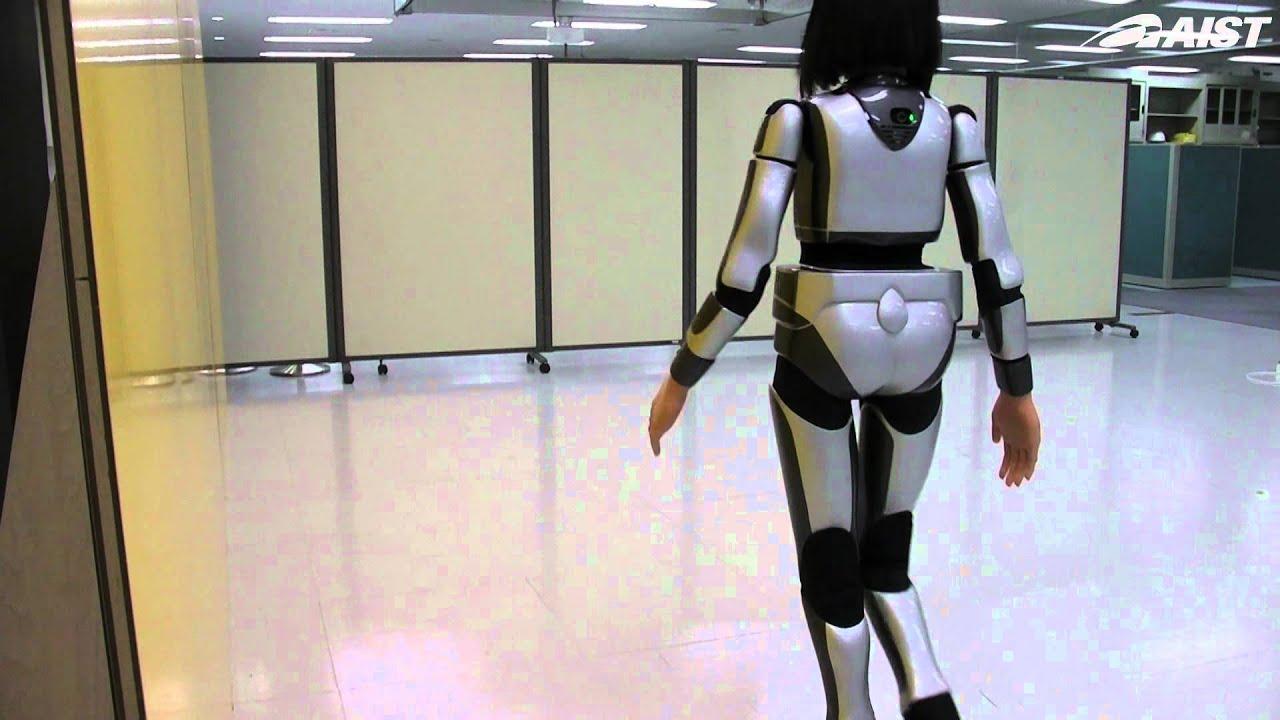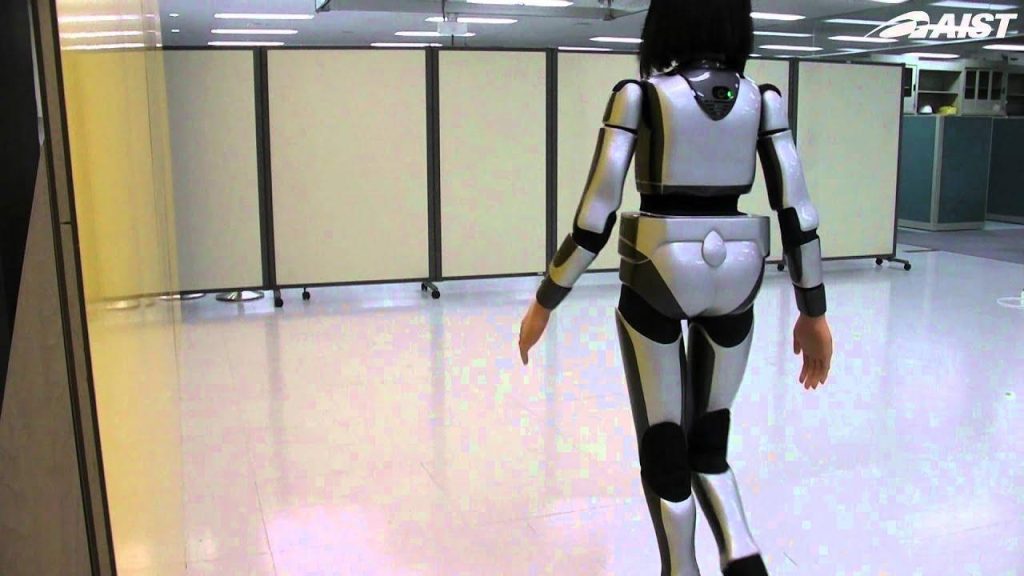In the rapidly advancing field of robotics, the transition from virtual simulations to real-world applications poses notable challenges for engineers and researchers. One of the key hurdles is known as the “sim-to-real gap,” which refers to the difficulties encountered when transferring policies developed in controlled, simulated environments to actual humanoid robots. As researchers continue to refine techniques that bridge this divide, they are pushing the boundaries of what robots can achieve in practical scenarios, paving the way for a new era of intelligent machines capable of performing complex tasks in dynamic environments.

Bridging the Gap Between Simulation and Reality in Robotics
The integration of advanced AI technologies considerably enhances the ability of humanoid robots to navigate real-world environments. At the core of this innovation lies sophisticated machine learning algorithms that empower robots to learn from their interactions with the physical world, allowing them to adapt their movements based on real-time feedback. By leveraging vast amounts of sensory data, these algorithms train robots to handle unpredictable elements effectively, breaking new ground in their ability to mimic human-like agility and stability. As a result, these robots can perform intricate actions that were once thought to be exclusive to human capability.
Moreover, the growth of realistic simulation platforms has played a crucial role in this evolutionary leap.These platforms provide a virtual testing ground where engineers can refine a robot’s movement patterns before introducing them into unpredictable real-life scenarios. Key features of this approach include:
- High-fidelity physics engines that simulate how robots will physically interact with their surroundings.
- Realistic modeling of environmental variables like obstacles,gravitational changes,and uneven terrains.
- Iterative feedback mechanisms that allow for continual enhancement based on simulated outcomes.
This synergy between simulation and physical implementation not only enhances performance but also accelerates the development process, bringing us closer to achieving seamless interaction between machines and their human counterparts.
Understanding the Challenges of Policy Transfer in Humanoid Robots
One significant barrier in successfully implementing humanoid robots stems from the varying dimensions of policy transfer that must be navigated.This encompasses adapting action sequences designed for one set of physical parameters to another, which often means recalibrating control strategies that were effective in simulations. Differences in kinematic structures, sensor feedback, and environmental conditions pose unique challenges, causing a disparity in performance levels during transitions from theoretical models to practical applications. Engineers must meticulously address these nuances to ensure that the robots not only replicate intended actions but also respond coherently to unexpected real-world stimuli.
Furthermore, the integration of human-centric design principles adds another layer of complexity to policy transfer. Innovators are tasked with incorporating ergonomic factors and social dynamics that define human interactions, which influence both operational efficiency and user acceptance. To tackle these intricacies, ongoing research focuses on creating adaptable algorithms that allow robots to learn and evolve their behavior in response to varied social cues, enhancing their intuitive responsiveness. Key methodologies under inquiry include:
- Inter-agent communication protocols that allow robots to interpret non-verbal signals from humans.
- Dynamic learning techniques that enable continual adjustment of behavior based on social interactions.
- Behavioral reinforcement models that assess and modify responses to improve user experience.
By addressing both the mechanical and social dimensions,these advancements promise to yield humanoid robots that are not only functional but also capable of blending seamlessly into everyday human environments.
Innovative Strategies for Effective Real-World Implementation
To effectively deploy humanoid robots equipped with advanced AI technologies, organizations must implement a structured approach combining safety and user engagement. It is indeed essential to foster collaboration between robotic engineers,AI developers,and usability experts who can ensure that the technology meets the needs of users in practical settings. Strategies that can be implemented include:
- Public workshops and demonstrations to educate users on the capabilities and limitations of the robots.
- Feedback loops that allow users to share experiences, enhancing the iterative design process.
- Cross-disciplinary teams that encourage innovative problem-solving by integrating diverse expertise in the project development phases.
Moreover, integrating robust safety protocols into the operational framework of humanoid robots is critical to mitigate risks associated with their deployment.This involves implementing comprehensive testing regimens that not only assess performance but also evaluate potential failure modes. Key components of a accomplished safety strategy include:
- Redundant systems that ensure operational continuity in case of component failure.
- Real-time monitoring of the robot’s environment to adapt movements and actions dynamically.
- Emergency response protocols that outline clear steps to follow during unexpected incidents, enhancing user confidence.
Future Directions in Sim-to-Real Technology and Policy Adaptation
As the landscape of humanoid robotics continues to evolve,addressing the challenges associated with real-world applications will be paramount. This includes developing advanced simulation environments that can mimic real-world physics with greater accuracy, thus allowing researchers to fine-tune their algorithms before deployment. Enhanced simulation must incorporate adaptive learning systems, capable of not only predicting a robot’s performance under varied conditions but also adjusting parameters in real-time based on outcomes observed during virtual tests.Future advancements may also leverage cloud computing technologies, facilitating quicker iterations of machine learning models through collaborative data sharing across different research institutions, leading to a more robust framework for sim-to-real transition.
Policy adaptation will also play a critical role in shaping the regulatory landscape for humanoid robots in society. As these technologies advance,stakeholders will need to engage in meaningful dialogues with policymakers to establish comprehensive frameworks that address ethical considerations and public safety. Proactive measures could involve:
- Establishing standardized protocols for the deployment and operation of humanoid robots in public spaces.
- Creating educational initiatives that familiarize the public with robotic capabilities and their potential impact on daily life.
- Engaging in multidisciplinary research to explore the social implications and integrate community feedback into future design decisions.
This integrative approach shall ensure that advancements not only enhance robotic capabilities but also foster societal acceptance and ethical integration of these technologies into everyday life.























